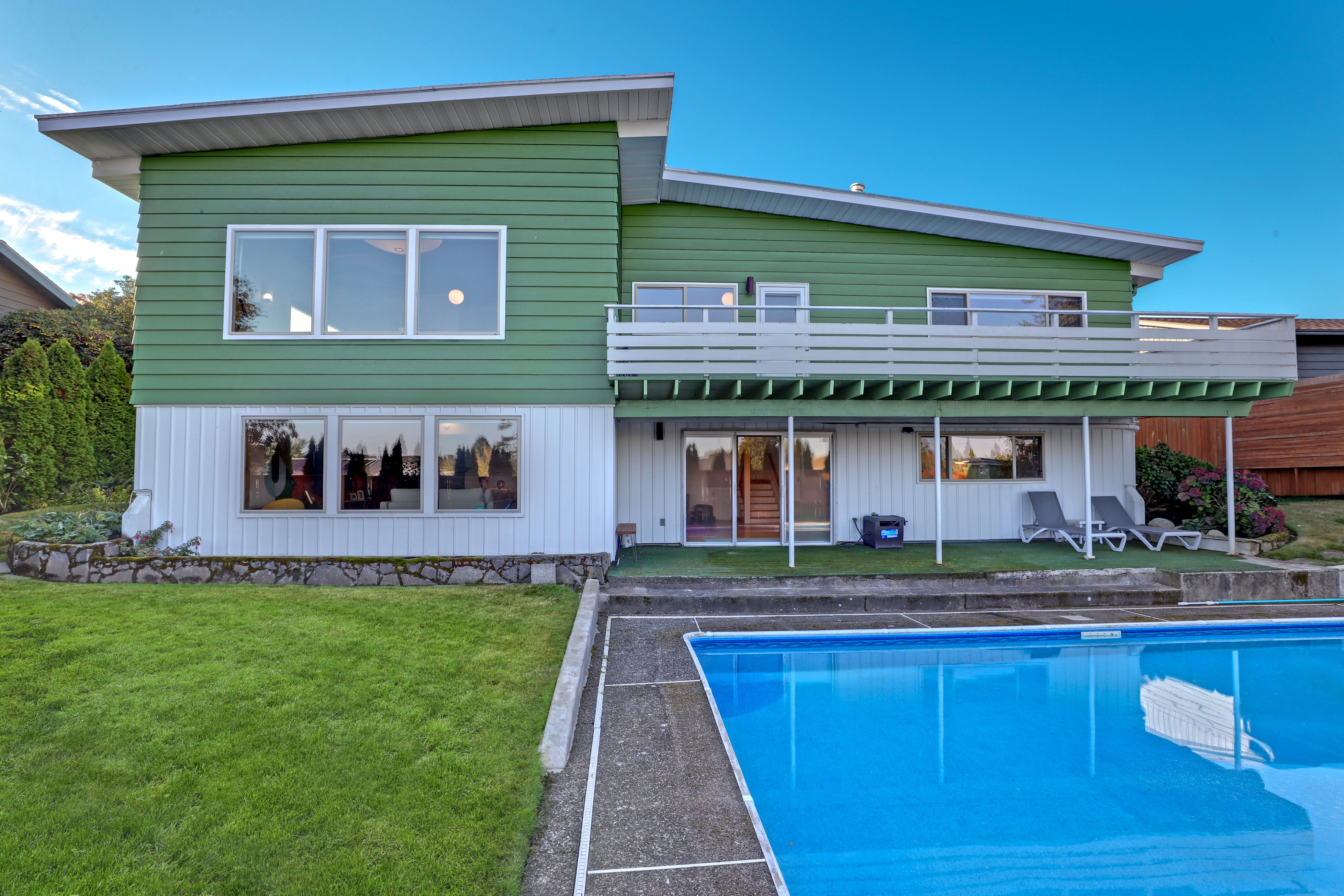5 Things to Consider as You Plan Your Perfect Backyard Escape
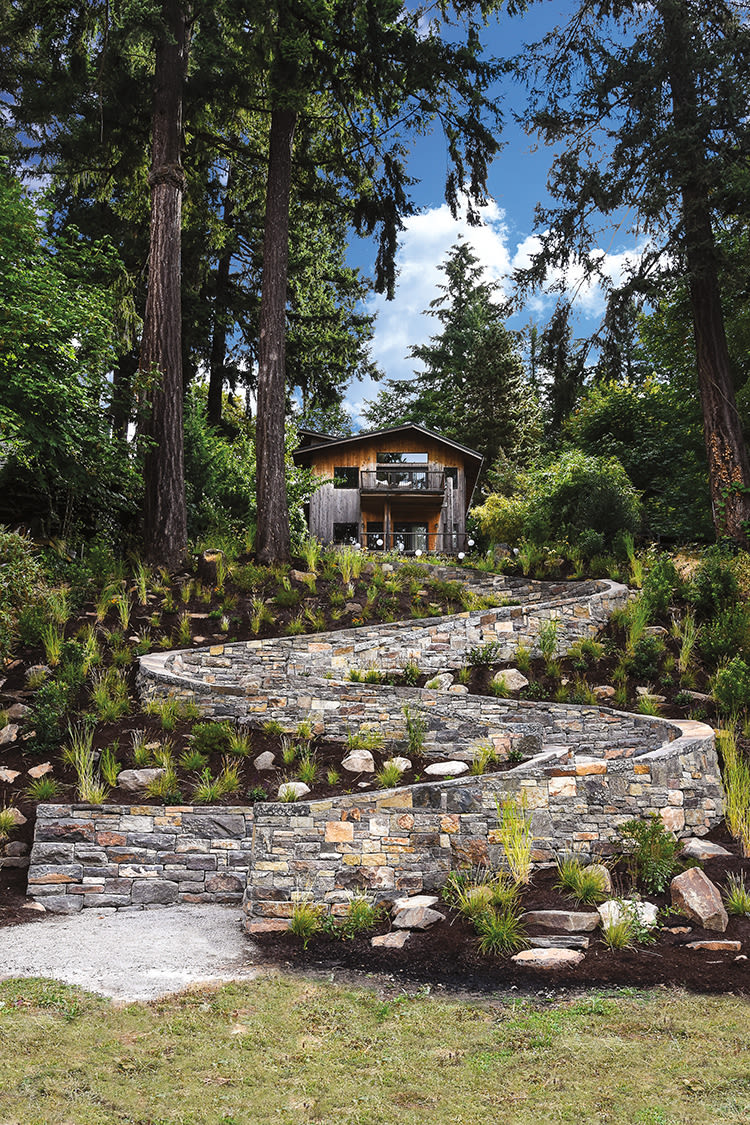
When planning your perfect patio/garden, Glenn Nardelli of Pistil Landscape Design and Build says to consider the "genius of place."
Image: Courtesy Jesse Waldman
If you need proof that good design transcends medium, look no further than Glenn Nardelli’s résumé. A former graphic designer for Nike, Nardelli left the 2-D design world for more depth: Portland’s backyards. He cofounded Pistils Nursey in 2001—and later spun off Pistils Landscape Design and Build, laying down concrete, stone, and wood patios and walkways surrounded by everything from formal English gardens to chaotic greenery. “My favorite [aesthetic] is probably a more modern-leaning hardscape with a wildish softscape,” he says. “I really love the way those opposites balance each other and harmonize in a really cool way.”
But no matter the style of design, Nardelli says it’s important to know what you like up front, and what you want to get out of your space. As his busiest season ramped up, we asked Nardelli for a few backyard makeover tips. One key takeaway for procrastinators: do the design work by the fall so the heavy lifting can be done over the winter—you won’t want a construction zone once the sun is already out.
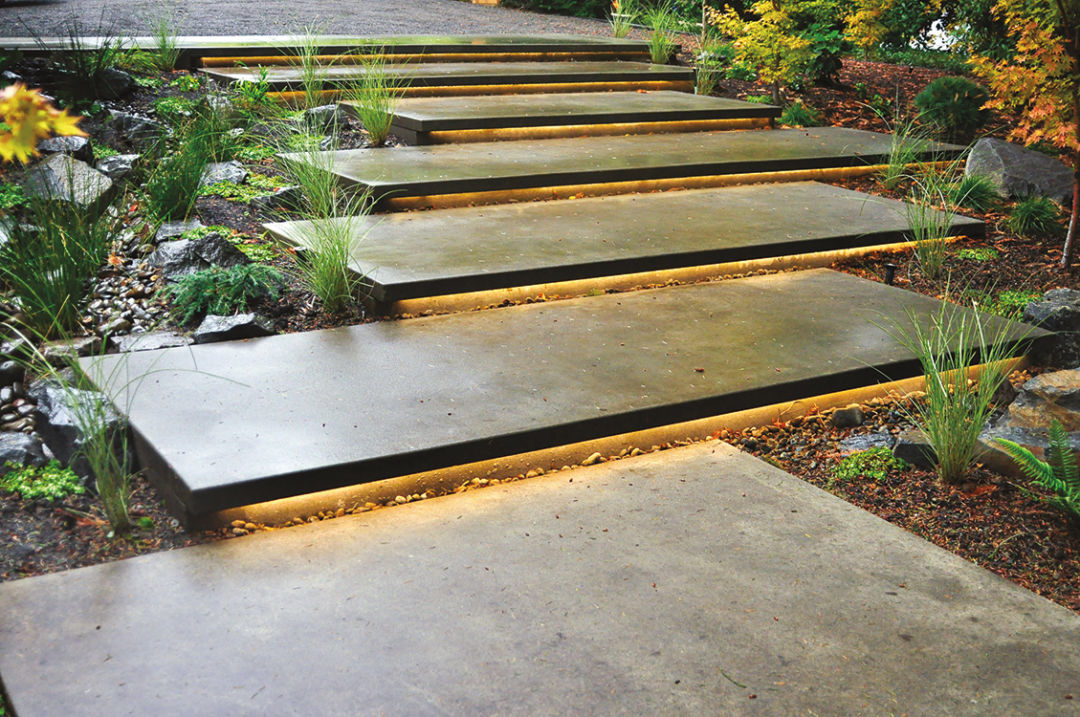
“My favorite [aesthetic] is probably a more modern-leaning hardscape with a wildish softscape,” Glenn Nardelli says. “I really love the way those opposites balance each other and harmonize in a really cool way.”
Image: Courtesy Jesse Waldman
Know your place.
“We always start with the location and the setting, and how does that inform the garden? There’s this concept in landscape architecture called the genius of place—you can get inspired by the borrowed landscape,” he says. “If something’s up against Forest Park, you wouldn’t want to put a desert-type landscape right next to it.”
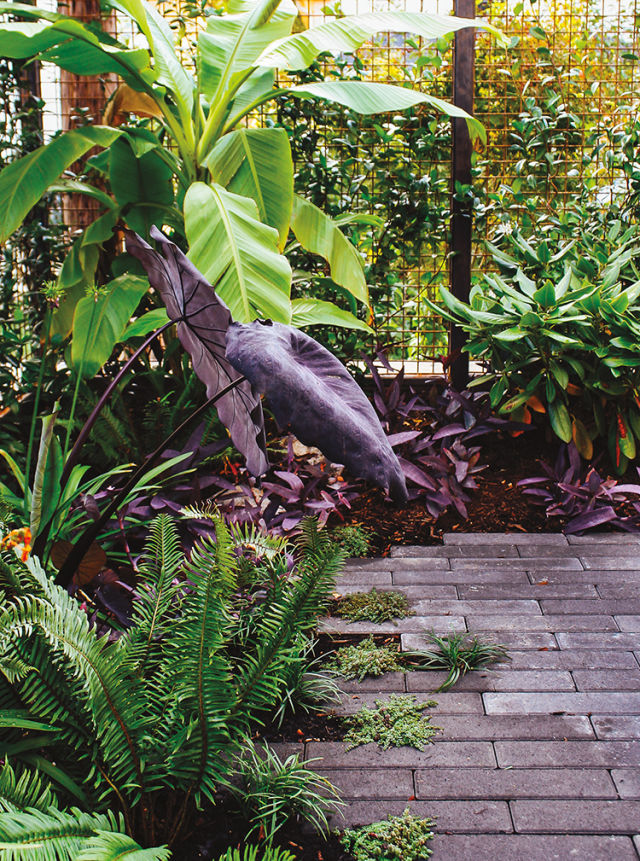
If you’re not sure what you want yet, remember that gardens don’t have to fit in rectangles.
Image: Courtesy Jesse Waldman
Forget patterns and regularity.
It’s OK to want a garden that follows a grid or some predictable pattern. Follow your heart. But if you’re not sure what you want yet, remember that gardens don’t have to fit in rectangles.
“When I’m out on hikes in the gorge or at the coast, I’m always taking mental notes about the way that rocks are arranged,” he says. “It’s jarring when you see, like, equally spaced boulders in a landscape.” If you’re feeling uninspired from looking at your backyard, take a hike. “I was in Yellowstone last summer and the way the asters and the yarrow looked together—the color contrast and the random placement of them ... I feel like I’m always chasing that aesthetic.”
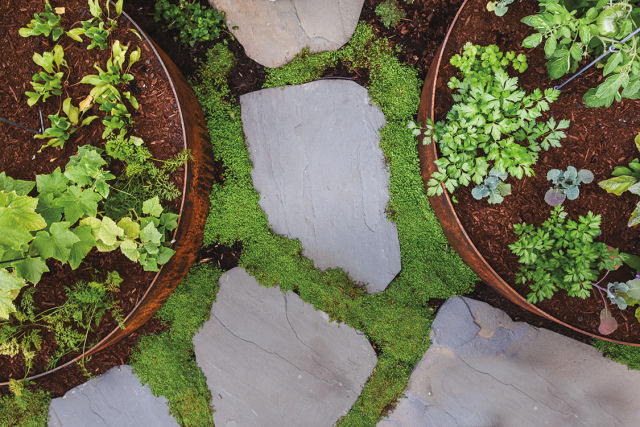
Nardelli says disconnecting your downspouts from the stormwater system could have a major impact on your garden.
Image: Courtesy Jesse Waldman
Get really into drainage.
Nardelli says disconnecting your downspouts from the stormwater system could have a major impact on your garden, allowing you to create a much more dynamic space with riparian plants.
“There’s no reason that you should be putting your water into a city stormwater system,” he says. “You can manage all the stormwater on site. A rain garden could be a natural depression or swale—but it can also be very modern. There are ways to move stormwater in creative ways.”
You don’t have to treat your woods. Often the first impulse when you build a new fence or deck: go to Home Depot and slather it with shiny chemicals. Nardelli says using harder woods will give you many years without the need for any chemicals. And it will look better as it ages.

Educating yourself about plants’ history and natural partners will bring cohesiveness to your garden and make maintenance that much easier.
Image: Courtesy Jesse Waldman
Know just a little about ecology.
You don’t have to be a strict nativist when it comes to choosing plants—just steer clear of invasives and pick species that are already established here. That said, educating yourself about plants’ history and natural partners will bring cohesiveness to your garden and make maintenance that much easier.
“A garden is a contrivance, but it’s also a kind of a partnership with nature, if you will,” says Nardelli. “You’re stewarding it. You can’t control plants to that degree. When I see plants that ecologically don’t belong together, it just feels wrong.... There’s so much diversity in nature. Plants are very social creatures—one plant shades out another one. One plant comes up in the spring and provides cover while another one underneath it develops. And then in the summertime, that has its turn to shine. There’s a symbiotic relationship.”
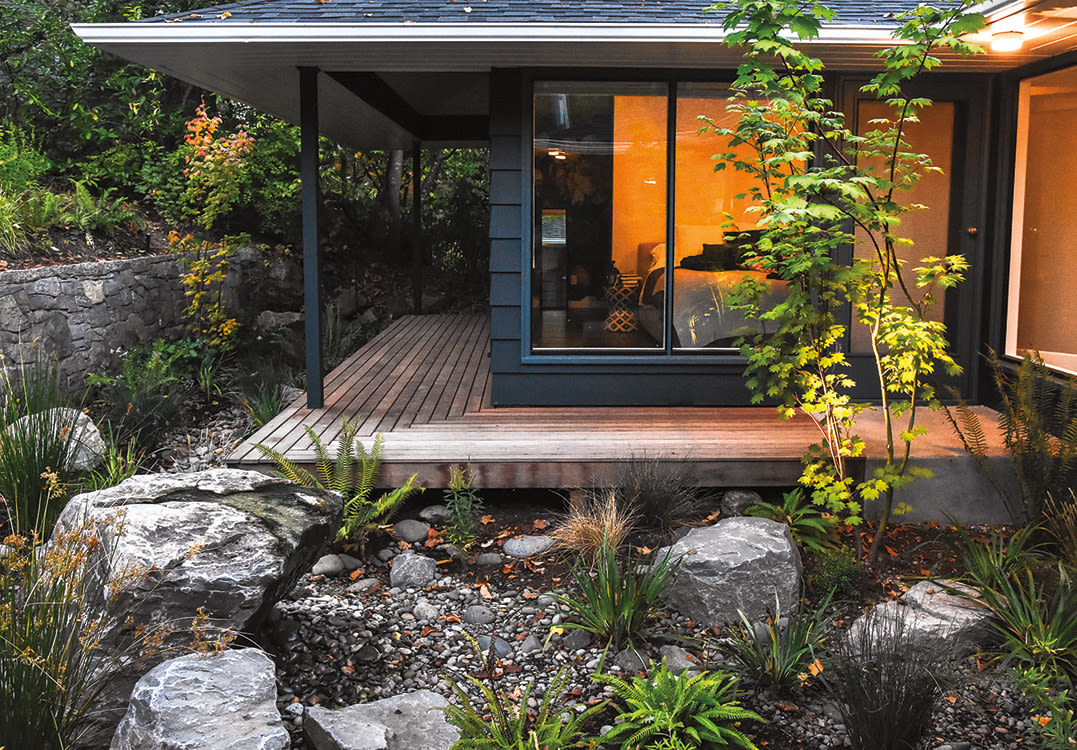
"When I see plants that ecologically don’t belong together, it just feels wrong," Nardelli says. "There’s so much diversity in nature. Plants are very social creatures."
Image: Courtesy Jesse Waldman
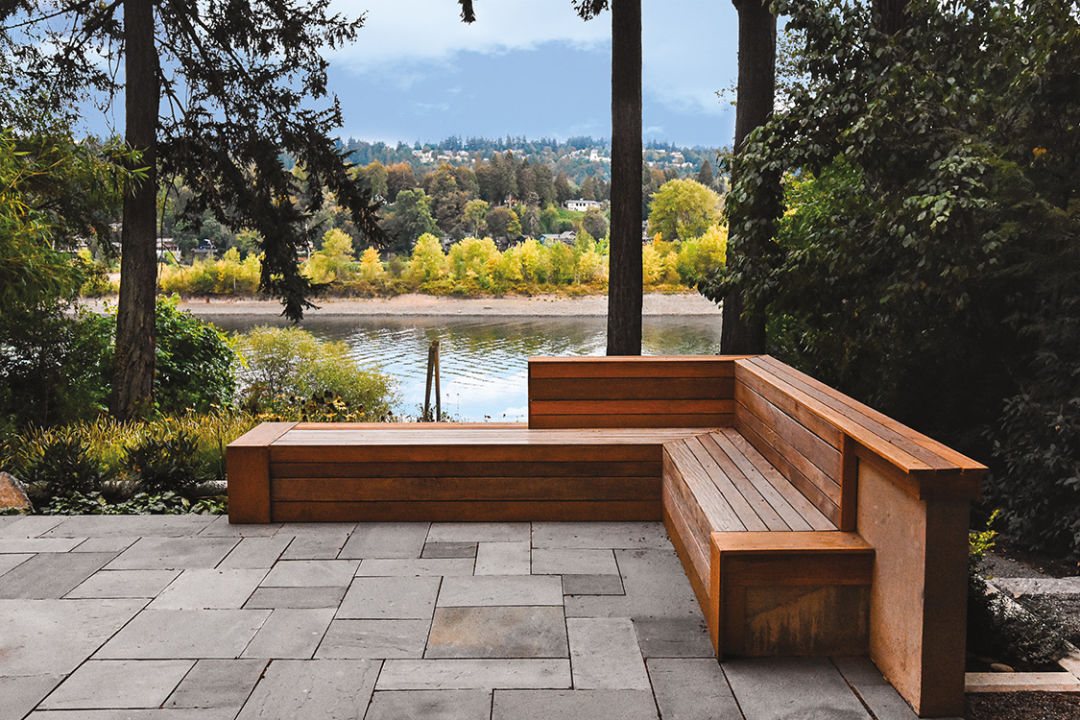
“A garden is a contrivance, but it’s also a kind of a partnership with nature, if you will,” says Nardelli.
Image: Courtesy Jesse Waldman


